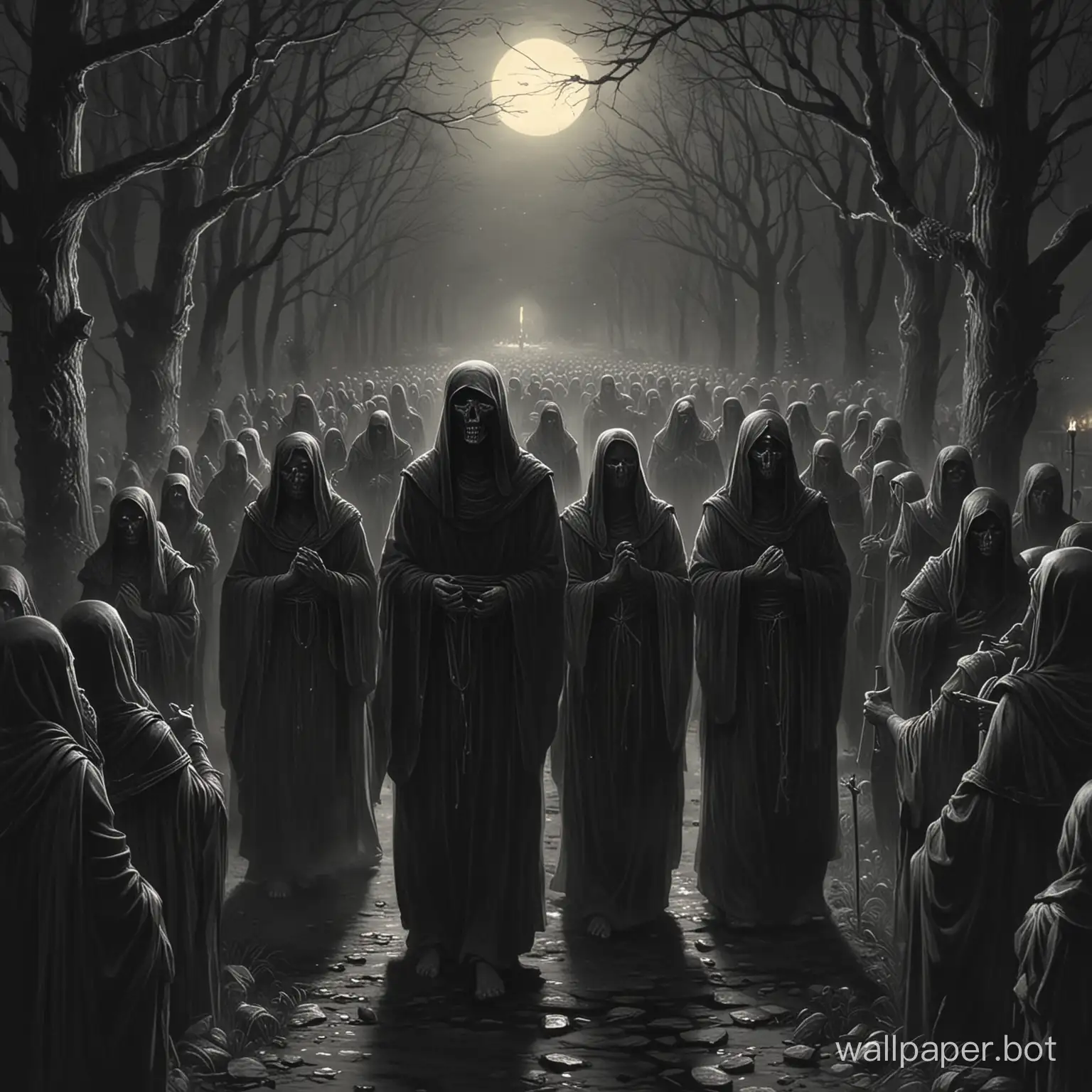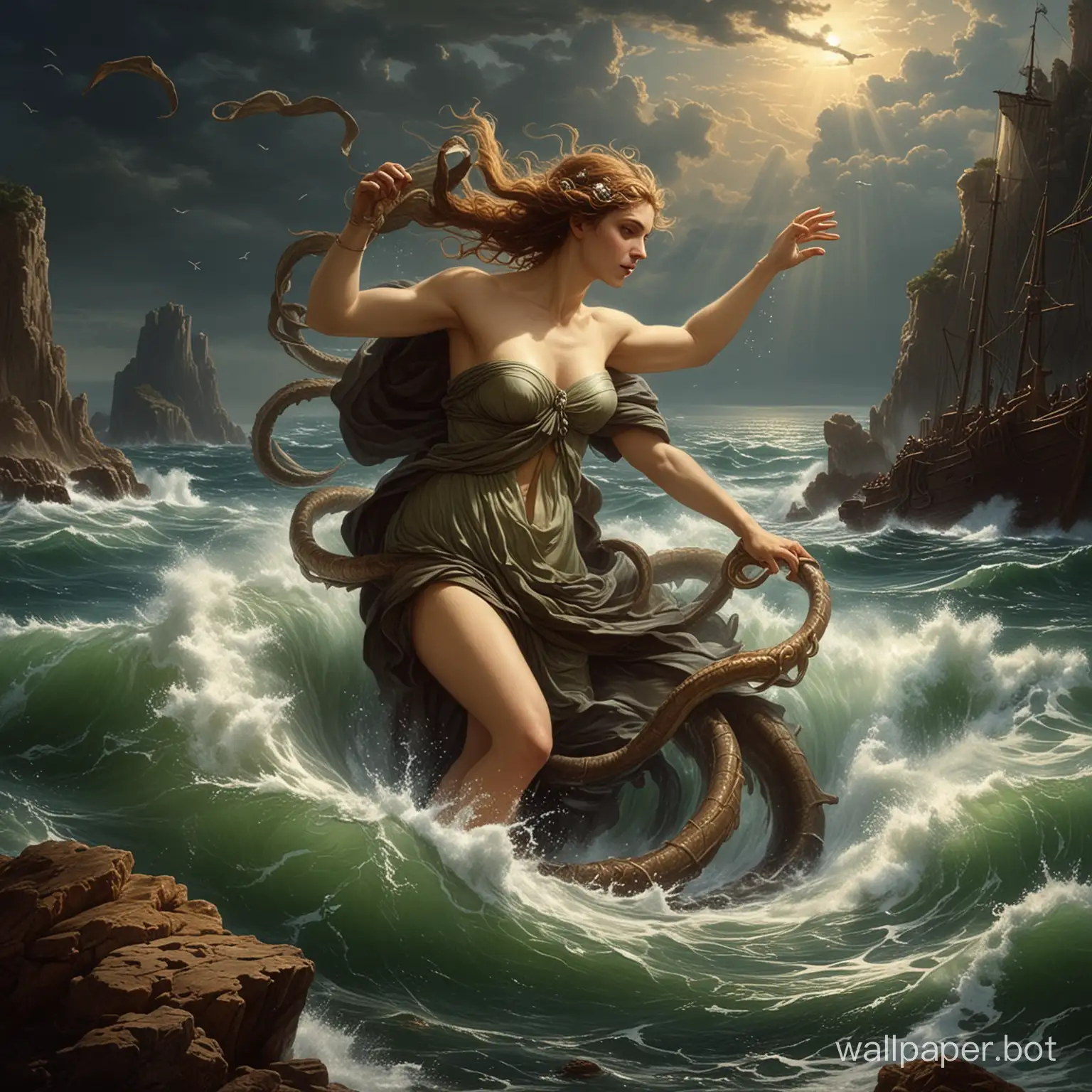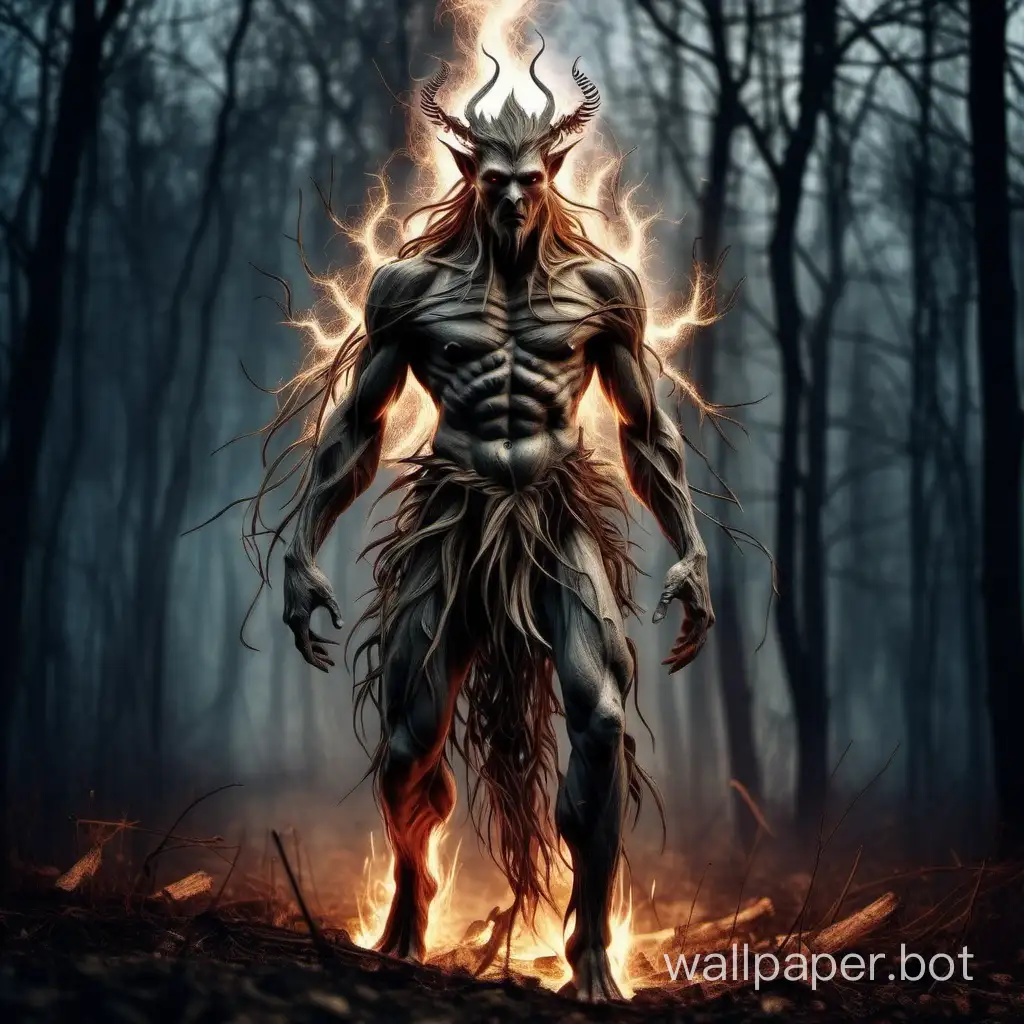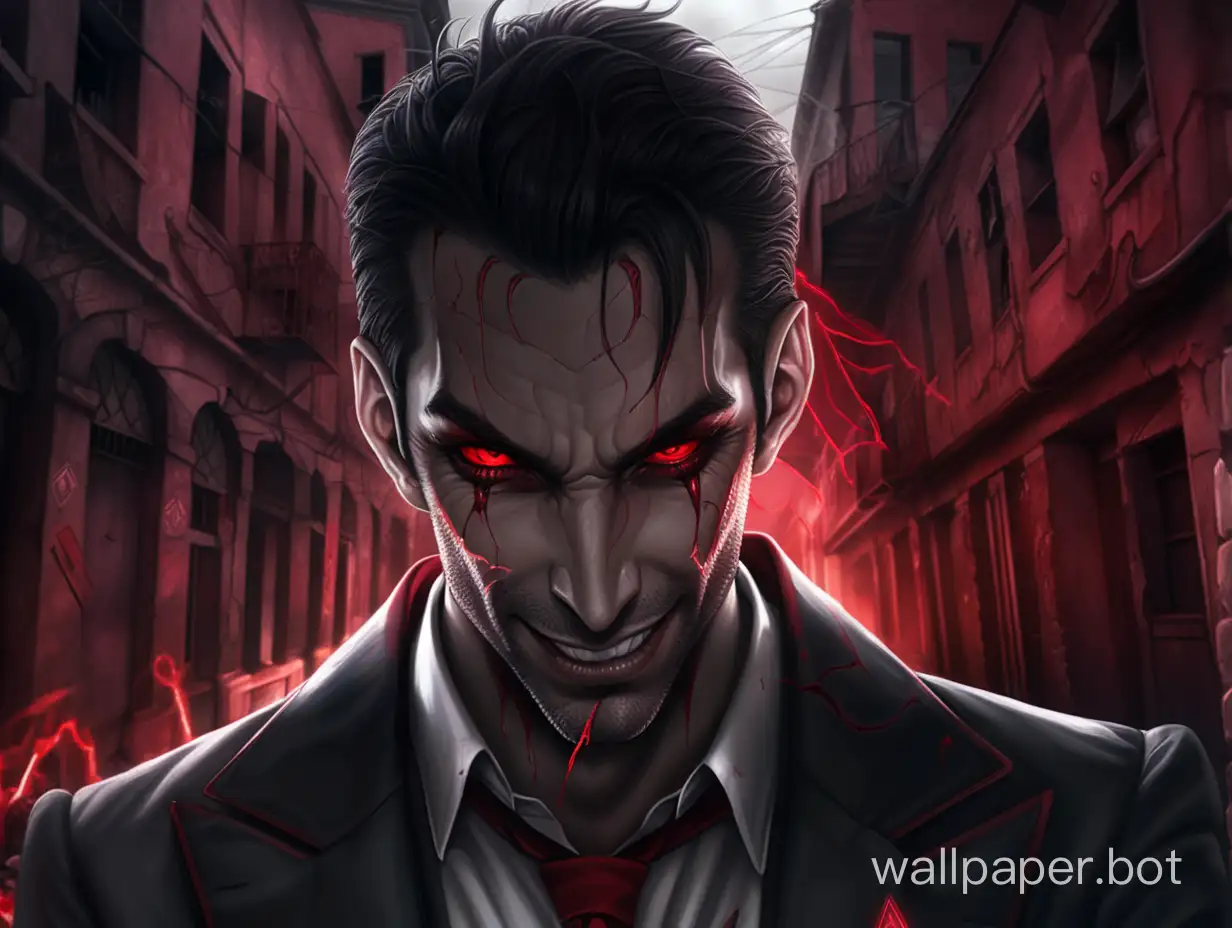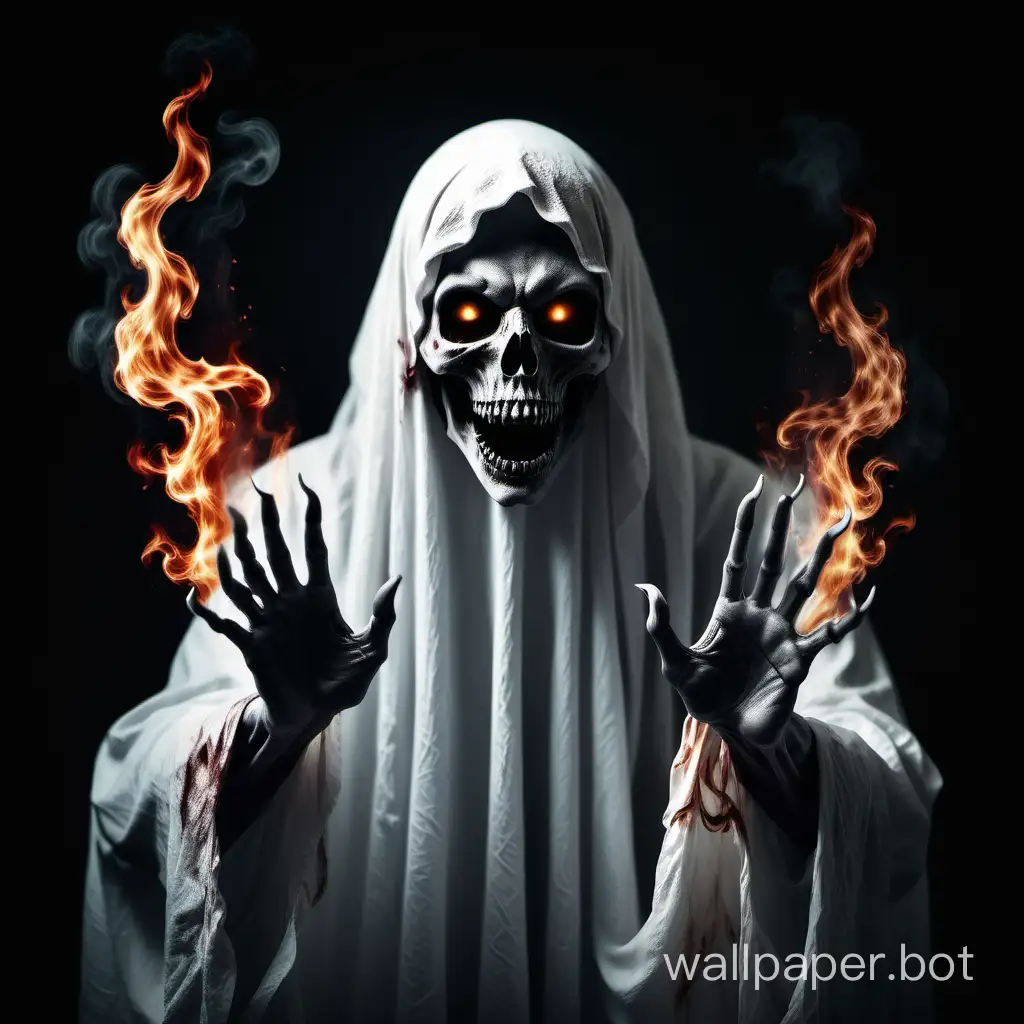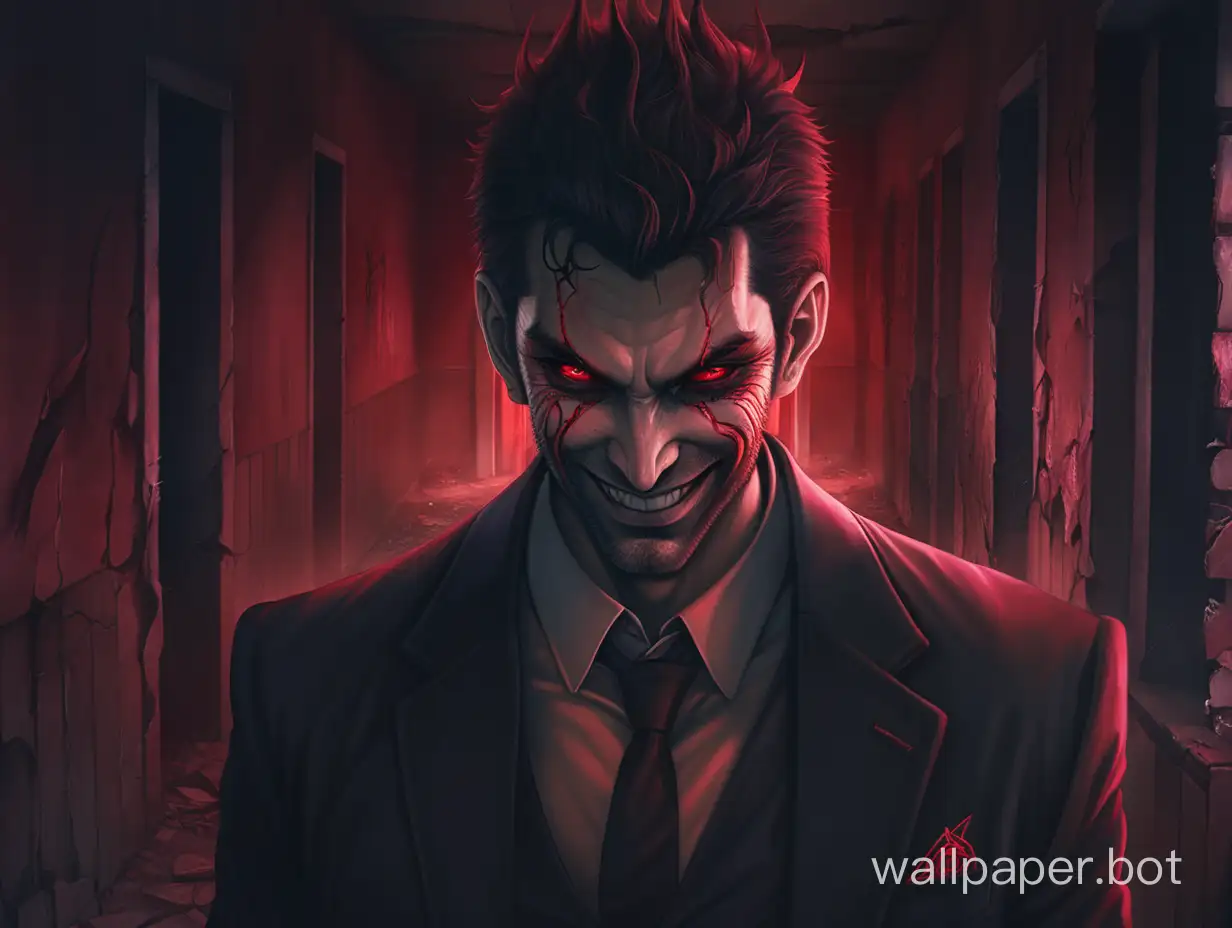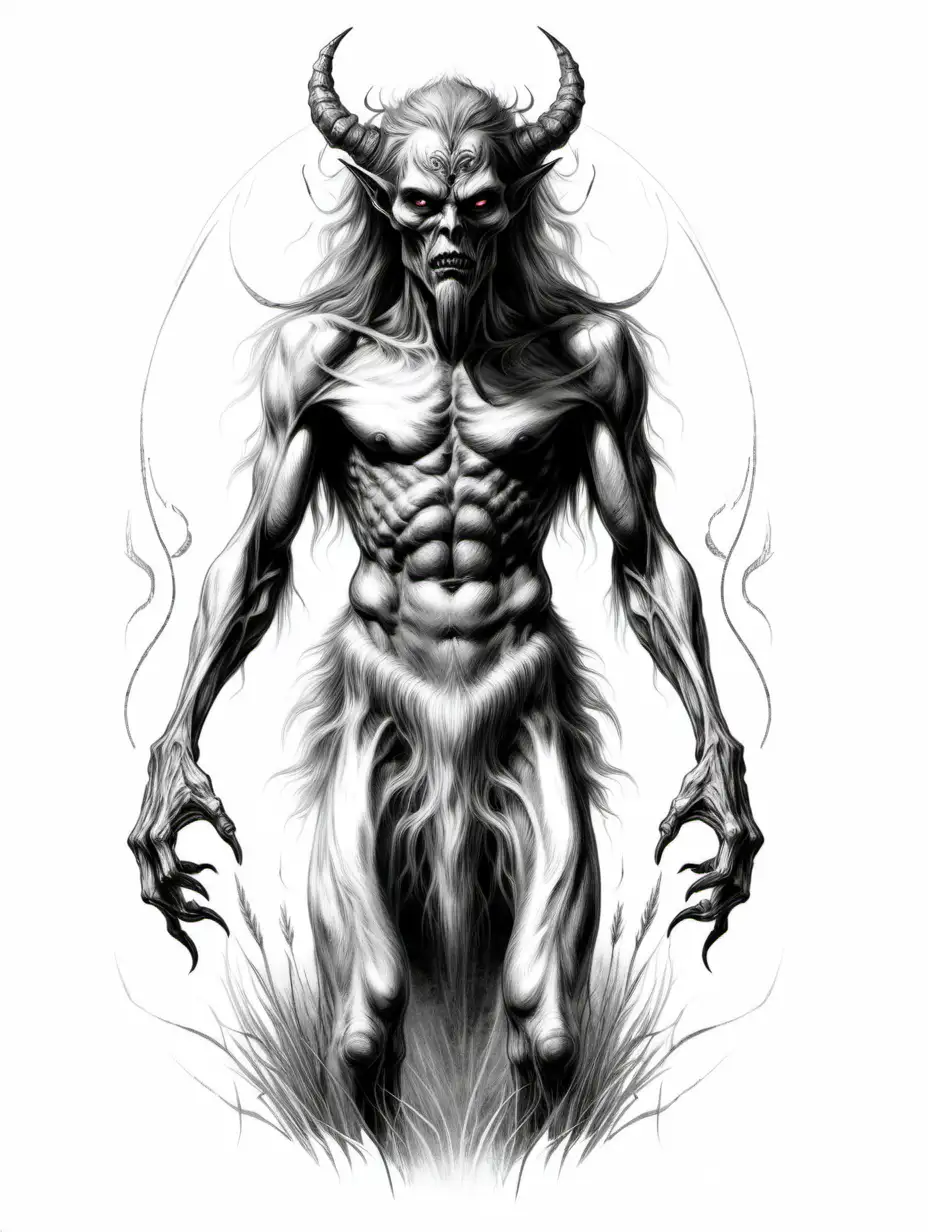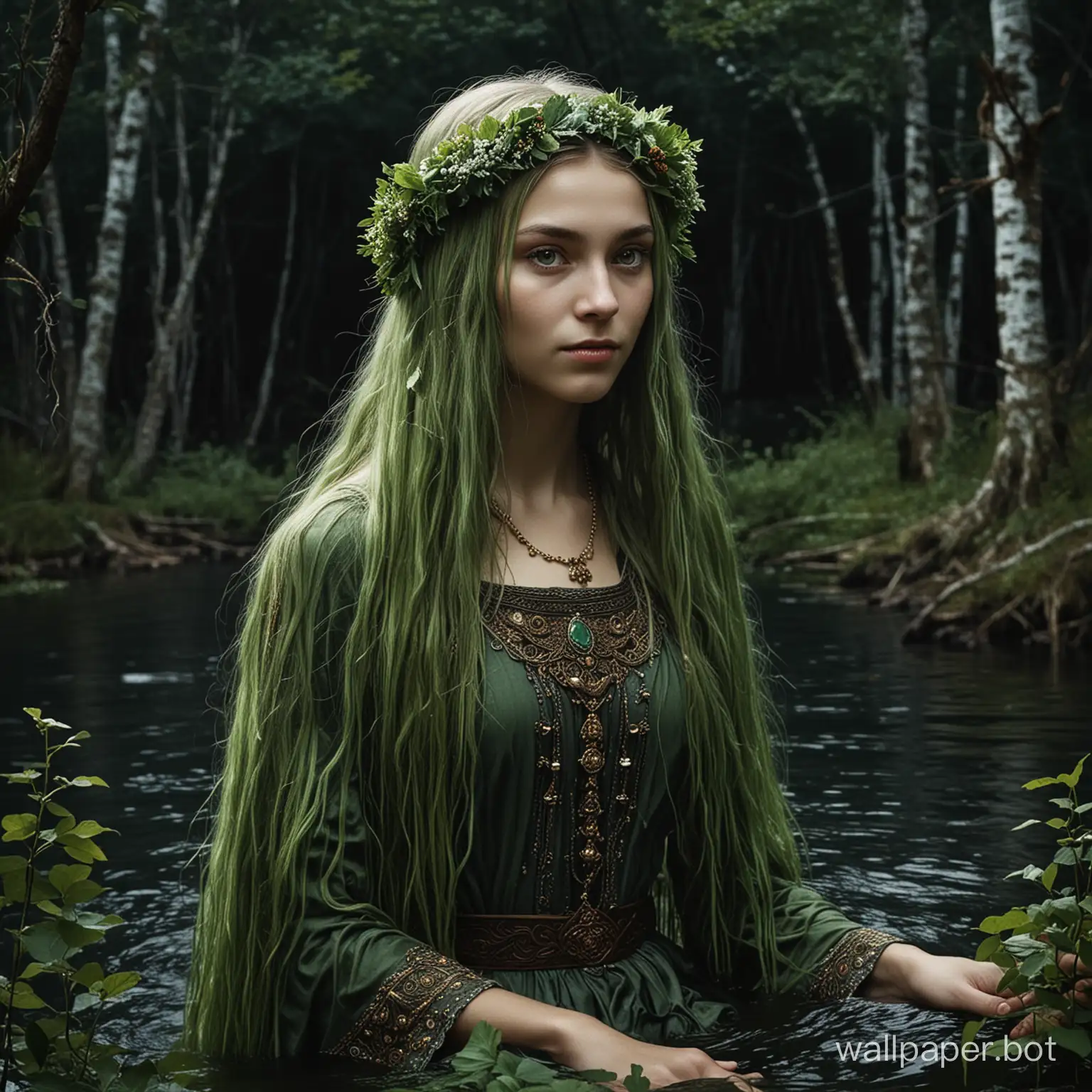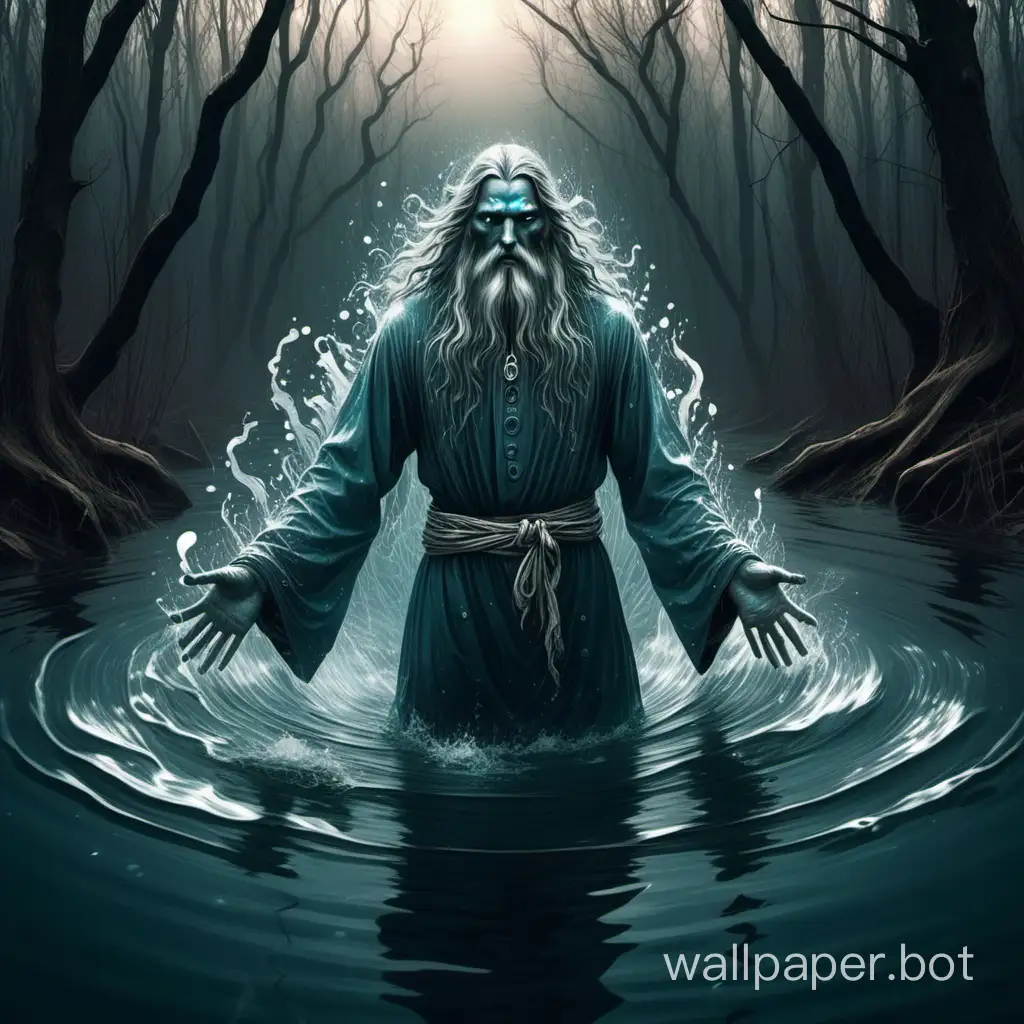Malevolent Rabsu Spirits Haunting the Wayward A Mythological Depiction
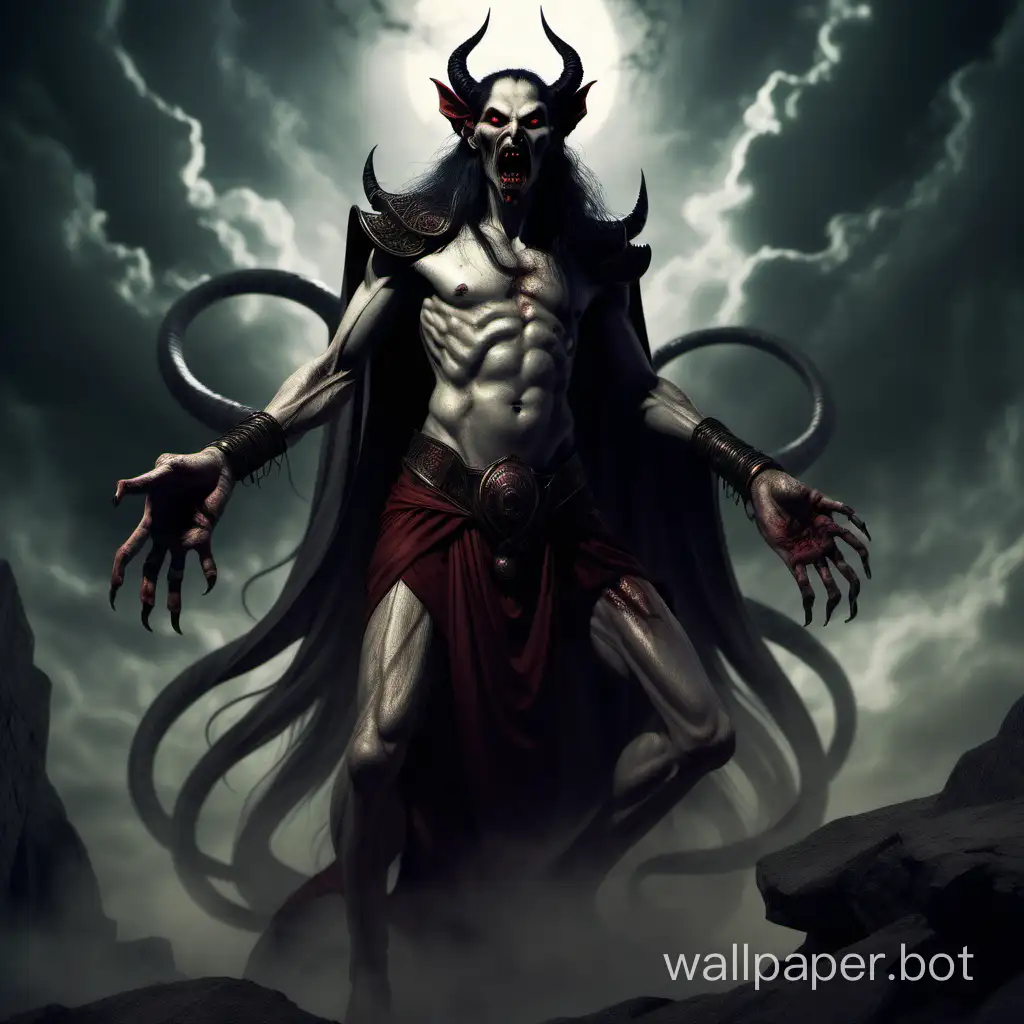
AI Wallpaper Prompt
Prompt
существо являются вампирическими духами, даймонами или демонами. В мифологии Рабису ассоциируются с Проклятием Аккада. Последовательный перевод "Рабису“ - "Задержавшиеся”. Рабису, независимо от того, намереваются они совершить злонамеренные действия или нет, остаются рядом с теми, кто был признан заблудшим или получил награду от божества Энлиля
Model: realistic
Ratio: 1:1
Related Tags
AI Wallpaper Prompt Analysis
- Subject: The image depicts malevolent Rabīsu spirits, vampiric entities associated with the Curse of Akkad, haunting individuals deemed wayward. Setting: The setting of the image can be a desolate landscape or a dimly lit room, emphasizing the eerie atmosphere and the presence of supernatural beings. Background/Style/Coloring: The background can feature ominous clouds, mist, or shadows to enhance the sense of foreboding. The style may incorporate elements of dark fantasy art with rich, deep colors such as black, crimson, and purple, evoking a sense of dread. Action: The Rabīsu spirits could be shown lurking in the shadows, hovering ominously around the cursed individuals, or engaging in sinister activities that reflect their malevolent nature. Items/Costume: The Rabīsu spirits may not wear traditional costumes but can be depicted with twisted, distorted forms or spectral garments that accentuate their supernatural essence. Appearance: The Rabīsu spirits can have frightening appearances with sharp fangs, glowing eyes, and twisted features, embodying the essence of darkness and malevolence. Accessories: Accessories such as chains, shackles, or ancient artifacts could be included to symbolize their association with imprisonment and ancient curses.
